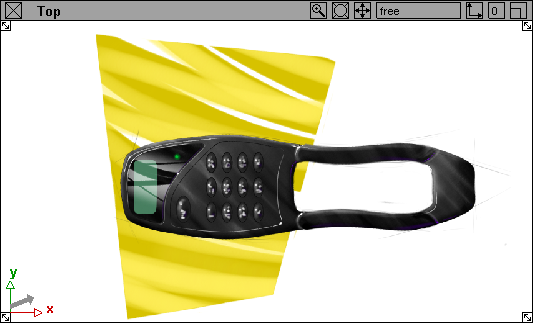Introduces canvas planes, overlay planes, and animation image planes.
There are two types of image planes in Alias: animation image planes and canvas planes. Both types of image planes allow you to load an image file into a view. This image appears in the view and in images rendered from the view’s camera (either in front of or behind 3D objects). However, there are important differences between animation image planes and canvas planes.
See Convert an animation image plane to a canvas image plane or vice versa.
A canvas plane allows you to sketch directly in a view. Each canvas plane contains one or more canvas layers. You cannot animate canvas planes in any way. You usually use a canvas plane for creating conceptual design sketches to use as a reference for modeling or for annotating a model or cloud data.
See Introduction to image layers.

An animation image plane allows you to load a series of image files (that is, an animation) into a view. You can also animate an animation image plane in other ways (for example, keyframing its Image Plane Properties). In addition, you can load several animation image planes into a single view. You usually use an animation image plane as a static or animated background for rendering or as a reference for modeling or animating.
See also Windows > Editors > Cameras .
.